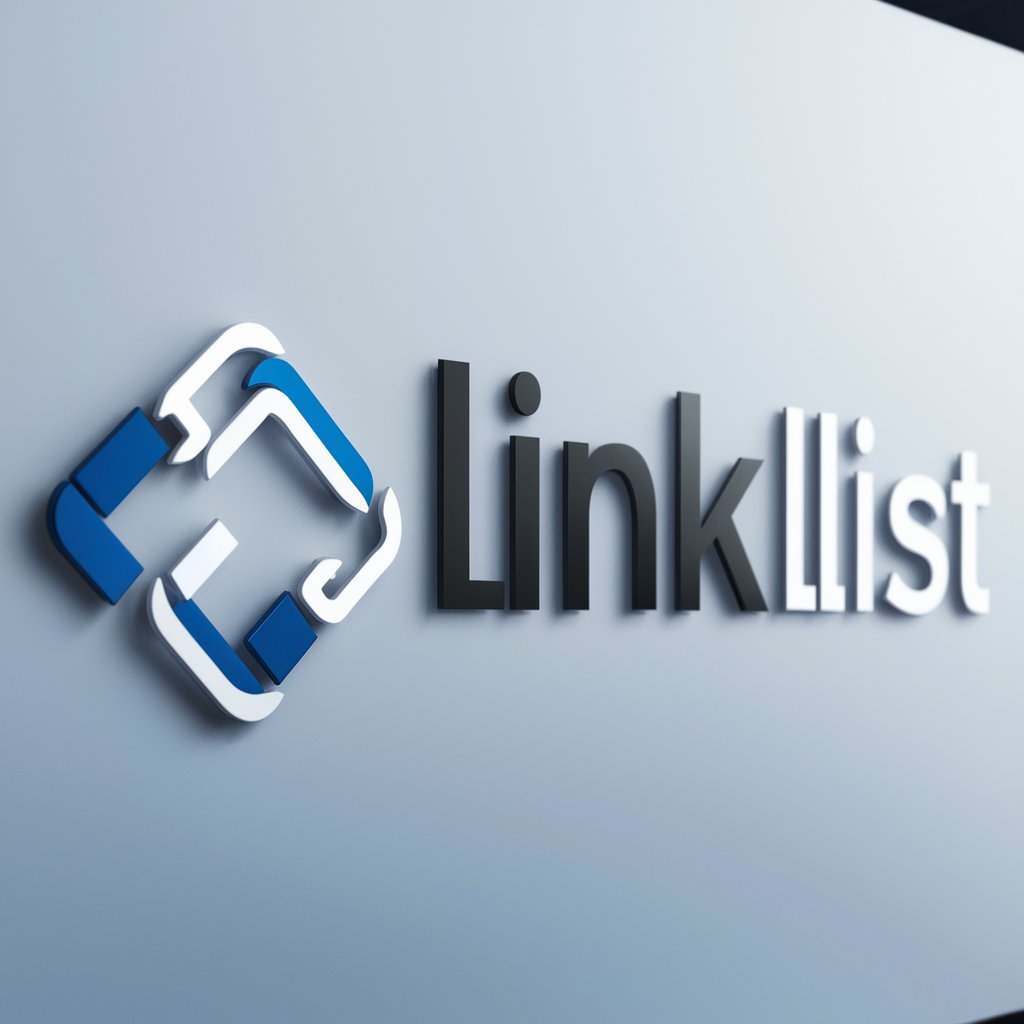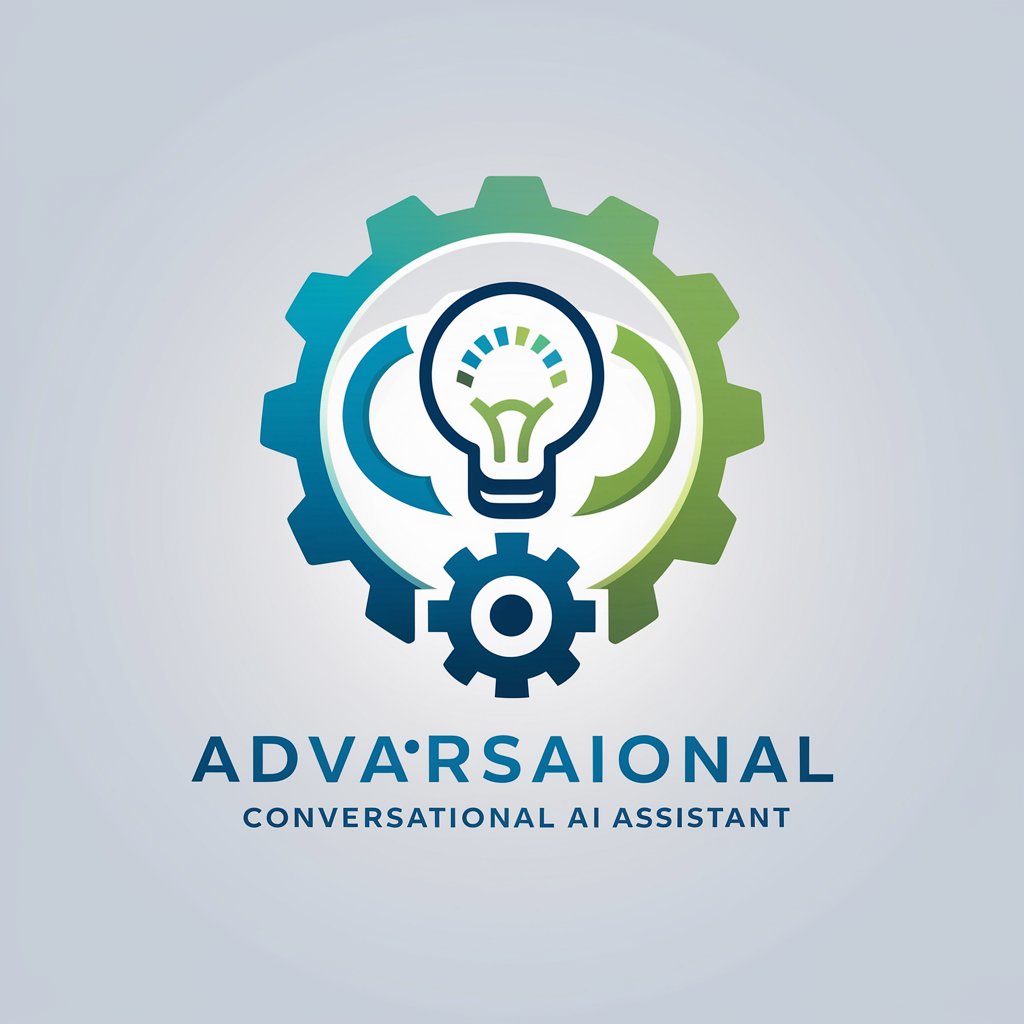Healing Hidden Wounds: PTSD Recovery - PTSD Support and Guidance

Hello! I'm here to help with PTSD support and guidance.
Empowering PTSD recovery with AI support
How can I calm down during a PTSD episode?
What are some coping strategies for PTSD?
How can I support someone with PTSD?
Can you suggest calming techniques for PTSD?
Get Embed Code
Introduction to Healing Hidden Wounds: PTSD Recovery
Healing Hidden Wounds: PTSD Recovery is a specialized guide designed to offer support and advice to individuals suffering from Post-Traumatic Stress Disorder (PTSD) and their caregivers. Its core mission is to provide coping strategies, calming techniques, and guidance for managing difficult situations related to PTSD. This guide emphasizes empathetic and informed responses while encouraging users to seek professional help for medical advice. It's built with a focus on avoiding triggering language and promoting open communication. For example, it offers techniques for grounding in moments of distress, such as the 5-4-3-2-1 coping technique, and advice on establishing a supportive dialogue between sufferers and their support network. Powered by ChatGPT-4o。

Main Functions of Healing Hidden Wounds: PTSD Recovery
Providing Coping Strategies
Example
Guidance on using the 'Grounding Technique' to manage acute stress.
Scenario
A person experiencing a flashbacks uses the 5-4-3-2-1 grounding technique to reconnect with the present.
Offering Calming Techniques
Example
Breathing exercises to help regulate the body's response to stress.
Scenario
An individual feeling overwhelmed practices deep breathing to achieve a calmer state of mind.
Guidance for Caregivers
Example
Educational resources on understanding PTSD and how to offer support.
Scenario
A caregiver learns effective communication strategies to support a loved one with PTSD.
Encouraging Professional Support
Example
Emphasizing the importance of seeking professional counseling or therapy.
Scenario
Someone struggling with PTSD symptoms is encouraged to consult a mental health professional for a tailored treatment plan.
Ideal Users of Healing Hidden Wounds: PTSD Recovery Services
Individuals with PTSD
People who have experienced traumatic events and are navigating the effects of PTSD. They benefit from learning coping and calming techniques tailored to managing their symptoms and improving their quality of life.
Caregivers and Family Members
Those who support individuals with PTSD, including family members, friends, and caregivers. They benefit from understanding PTSD, effective communication strategies, and how to create a supportive environment.
Mental Health Professionals
Therapists, counselors, and clinicians seeking resources to supplement their therapeutic approaches with clients who have PTSD. They can use this guide to provide additional self-help strategies and educational materials to clients.
Veterans and First Responders
Individuals from these groups often face high exposure to traumatic events, making them susceptible to PTSD. They benefit from targeted strategies and understanding in navigating PTSD symptoms related to their service.

Guidelines for Using Healing Hidden Wounds: PTSD Recovery
Start Your Journey
Begin by accessing a free trial at yeschat.ai, which requires no login or ChatGPT Plus subscription, offering immediate access to supportive resources.
Identify Your Needs
Reflect on your specific experiences and challenges related to PTSD, as understanding your personal needs can guide the use of this tool more effectively.
Engage with the Tool
Use the tool to explore coping strategies, calming techniques, and guidance for managing PTSD symptoms, tailoring your exploration to your identified needs.
Practice Regularly
Incorporate the suggested strategies and techniques into your daily routine for consistency, which is key to managing symptoms effectively.
Seek Professional Guidance
While this tool provides support, it's crucial to complement its use with professional help for a comprehensive approach to PTSD recovery.
Try other advanced and practical GPTs
Maya
Elevate Your Photos with AI-Powered Editing

Photoshop Expert
AI-powered Photoshop assistance at your fingertips.

RFP Champ
Streamlining RFPs with AI Precision

LinkList
Harness AI to Streamline Your Link Storage

CustomGPT Systems Instructions Creator
Empowering AI Customization with Expert Precision

Sarcastic Replier
Sarcasm on Demand: Powered by AI

Custom Bouquet Designer
Crafting Artistic Bouquets with AI

Emulated Image
Revolutionizing Images with AI-Powered Style Emulation

Humanize AI text
Empowering Conversations with AI Intelligence

Repo Card
Visualizing GitHub Insights with AI

Shader Expert
Elevate Your Graphics with AI-Powered Shader Expertise

Concise Writer
Streamline your message with AI power

Frequently Asked Questions about Healing Hidden Wounds: PTSD Recovery
What is Healing Hidden Wounds: PTSD Recovery?
It's an AI-powered tool designed to support individuals with PTSD by offering coping strategies, calming techniques, and guidance, emphasizing empathetic and informed responses.
How can this tool help me with my PTSD symptoms?
By providing personalized advice on managing triggers, reducing anxiety through calming techniques, and fostering resilience through targeted coping strategies.
Is Healing Hidden Wounds a replacement for therapy?
No, it's a supplementary resource intended to support ongoing therapy or treatment by providing additional coping mechanisms and insights into managing PTSD.
Can caregivers use this tool to support their loved ones?
Yes, caregivers can gain insights into PTSD, learn strategies to provide effective support, and understand how to create a supportive environment for recovery.
How often should I use this tool for the best results?
Regular interaction, such as daily or whenever you need guidance or support, is recommended to gradually integrate the coping strategies into your life.
